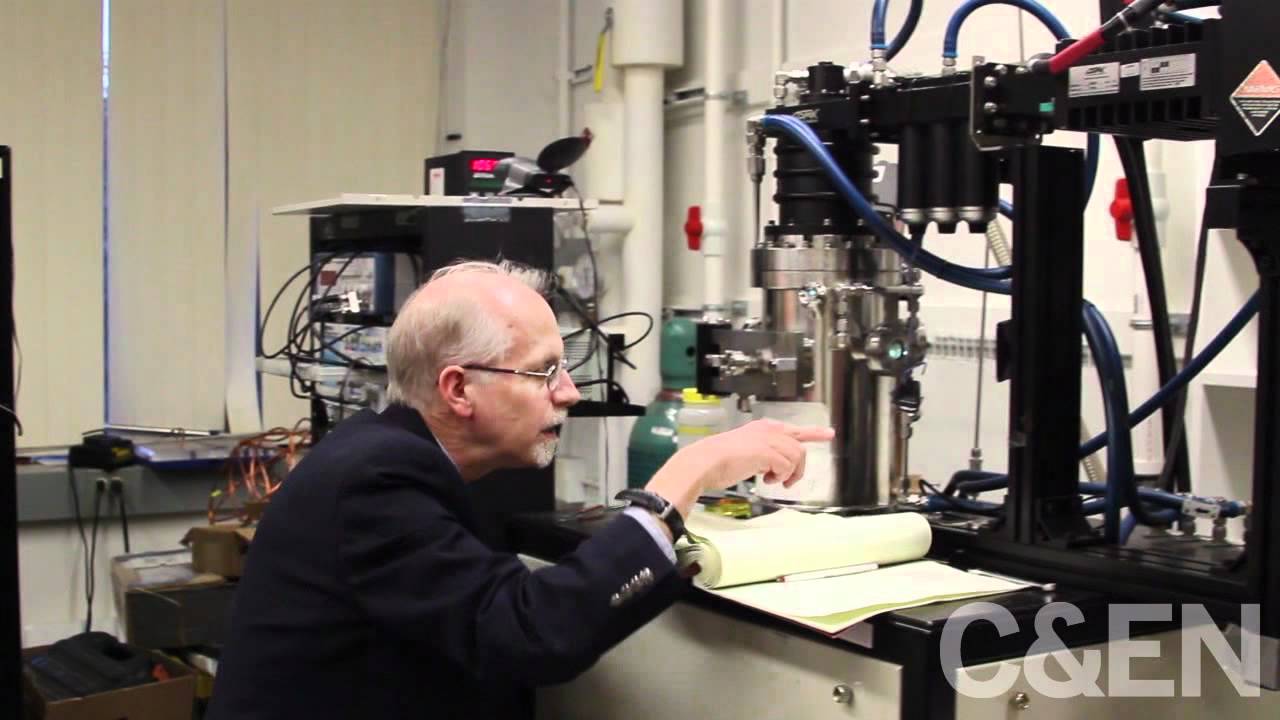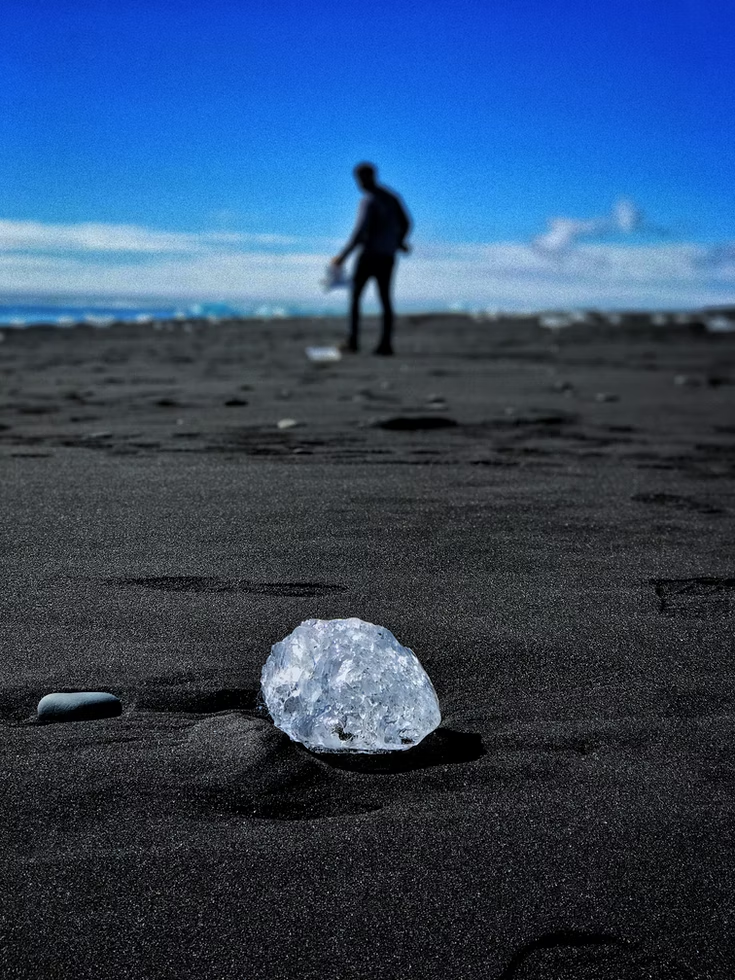Difference Between Synthetic and Natural Diamonds- Concerns about the ethics of diamondmining, scarcity and high prices have led to an increase in inquiries concerning synthetic, artficially created diamonds.
But are synthetic diamondsenough valuable as real ones? Is people really interested in adquiring them? What are the differences beetween real and synthetic? Why natural diamonds are so scarce?
We are going to answer those questions in this article to see if there any important difference beetween both for you to choose what to buy when looking for a diamond.
How Natural Diamonds Are Created?
Chemistry plays a big role here, and we're not just talking about the allure of a gleaming diamond. Diamonds are made up of carbon atoms that have been exposed to extreme heat and pressure deep beneath the surface of the Earth.
Imagine 60 elephants heaped on top of a silverdollar to get a sense of the amount of pressure required to make a diamond.
Carbon atoms must be under 725,000 pounds per square inch of pressure at a temperature of more than 2000 degrees Fahrenheit.
Carbon atoms rearrange themselves and produce a natural diamond under these particular conditions. We mine diamonds by relying on volcanic eruptions and other geological processes to drive diamonds closer to the surface.
The natural process is tumultuous, to say the least, and unpredictable. Even with all of the conditions necessary to create a diamond, only a small percentage of those diamonds are appropriate for usage in jewelry.
Jewelers are continuously on the lookout for diamonds that fit the buyer's requirements for clarity, color, cut, and carat weight. It's easy to see why people have turned to laboratories to make their own synthetic diamonds!
What Is The Difference Between A Natural And A Synthetic Diamond?
Due to the high cost of natural diamonds, some gem buyers turn to synthetic diamonds and diamond replacements.
Many individuals aren't aware what distinguishes a synthetic diamond from a diamond alternative (such as cubic zirconia).
A casual observer can often discern the difference between a natural diamond and a synthetic diamond, despite the fact that the techniques by which the two stones are brought to market are vastly different.
Carbon crystallizes under extreme heat and pressure deep beneath the Earth's surface to form natural diamonds.
Carbon is an unimpressive element in and of itself; it is a diamond's molecular structure that distinguishes it.
Carbon atoms in a diamond link together to form tetrahedral units, which are extremely strong molecules. Diamonds are so hard that only other diamonds can cut them.
Extreme pressure and heat transform traces of carbon into diamonds about 100 miles (161 kilometers) beneath the Earth's surface. Rough diamonds are mined in the natural world.
They must be processed to form the gleaming, faceted stones you see in the jewelry store, which includes precise cutting and shape.
Diamond cutters must use specific cutting blades and lasers to cut and saw the stones into smaller pieces.
Following that, diamonds are shaped; this is known as bruiting if done by hand, although most shaping is done mechanically.
The diamond's flat top (table), rim (girdle), and facets are all created in this way. Polishing is the final stage, which gives a diamond its final form and gleam.
Industrial production and laboratory activity, on the other hand, produce several diamond alternatives.
Cubic zirconia, a man-made diamond alternative, glows brighter than a diamond, although some argue that its flawlessness makes it simple to detect (as a fake, that is).
Moissaniteis another possibility, as it is very similar in appearance and structure to a real diamond. Moissanite has a yellow or green hue to it, but it also shines excessively brilliantly, which many jewelers consider a flaw.
Synthetic carbon diamonds are the only substitute diamonds that come close to resembling natural diamonds.
Synthetic diamonds are, in fact, diamonds, made of carbon and generated in a laboratory environment that tries to mimic the conditions under which real diamonds are formed.

Growing Synthetic Diamonds
Are Synthetic Diamonds Valuable As Real Ones?
Synthetic diamonds have a monetary value. Synthetic diamonds are estimated to be created and sold in the amount of 500,000 carats each year. Almost all of them are marketed for use in industrial or scientific settings.
When compared to the market for naturally occurring gemstone quality diamonds, this is a huge difference. Natural diamonds are mined at a rate of around 125 million carats per year.
Synthetic diamonds are valuable, yet they are rarely used in jewelry. When compared to naturally occurring diamonds, gemstone quality diamonds manufactured in a lab cost roughly 20-30 percent less per carat.
People Ask
Synthetic Diamonds Last Forever?
Yes. Laboratory-grown diamonds are genuine, not imitations. Man-made diamonds are created entirely of carbon and have the same chemical properties as naturally occurring diamonds.
Why People Prefer Natural Diamonds?
People tend to prefer natural diamond due marketing, on the other hand, natural diamonds continues to impact our collective imagination and arouse our yearning for a good story.
Customers who purchase natural diamond want to feel like they're getting something exceptional, according to Michael Fried, CEO of The Diamond Pro, an online diamond exchange.
In fact both natural and synthetic can satisfy different markets but mostly people will always prefer natural and valuation also plays an important role.
Can A Jeweler Find A Real Diamond Among Synthetic Diamonds?
No. Even a trained eye can't tell the difference between lab diamonds and real diamonds of the same quality. Traditional jewelers' instruments, such as microscopes and loupes, are unable to distinguish between a lab-grown diamond and a naturally mined diamond.
The gemological equipment required to establish whether a diamond was mined or grown is highly complex and expensive, costing over $10,000.
Deep freezing the diamonds to 320°F (196°C) is required for the most reliable detection method, Photoluminescence Spectroscopy! Due to its high cost and complexity, most jewelers do not own such equipment.
The gemological equipment required to establish whether a diamond was mined or grown is highly difficult and expensive, costing over $10,000.
Photoluminescence Spectroscopy, the most precise detection method, necessitates deep freezing the diamonds to 320°F (196°C)! Due to the exorbitant cost and complexity of such equipment, most jewelers do not own it.
Conclusion
If you are interested in valuable jewelthat maintain its value during decades or want to impress people you should go for a natural diamond.
But if you are interested in using diamonds as an attach for an outfit, decoration or anything activity related, you should go for synthetic diamonds because of the cheaper prices.
So the best thing to do is to know why are you buying diamonds and what goal you have with buying those, However, you are undoubtedly more prepared to do so now that you know the difference Between natural and synthetic diamonds.
